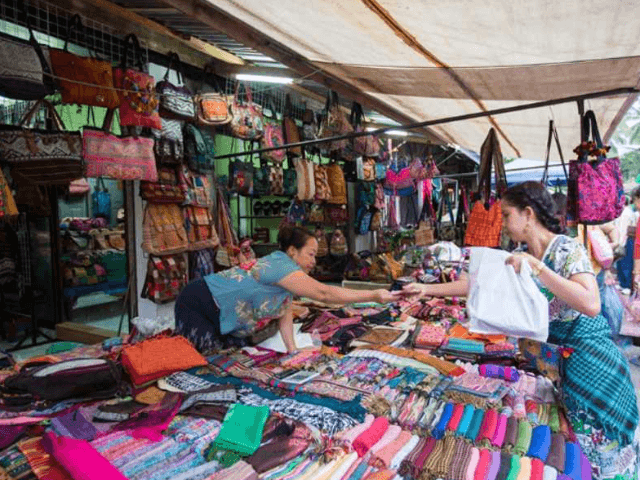Discover Hanoi Old Quarter, a vibrant blend of ancient traditions and modern charm. Explore iconic landmarks, bustling markets, authentic street food, and hidden gems. Perfect for families and cultural enthusiasts, with guided tours starting at $20. Experience the heart of Hanoi with Threeland Travel for an unforgettable journey.
TABLE OF CONTENTS
1
Why Visit Hanoi Old Quarter?
A Blend of History, Culture, and Modern Vibrance
Must-Visit Landmark on a Hanoi City Tour
2
Highlights of Hanoi Old Quarter
Iconic Attractions
Hidden Gems
3
Top Things to Do in Hanoi Old Quarter
Explore the 36 Streets
Experience the Food Scene
Enjoy the Nightlife
4
How to Explore Hanoi Old Quarter
Best Modes of Transportation
Suggested Routes for a Walking Tour
Morning, Afternoon, and Evening Itineraries
5
Best Time to Visit Hanoi Old Quarter
Seasonal Guide to Enjoying Hanoi’s Weather
6
Shopping in Hanoi Old Quarter
What to Buy
Tips for Bargaining in Local Markets
7
Hanoi Old Quarter’s Food Culture
Street Food Must-Trys
Famous Restaurants and Cafes to Visit
8
The Role of Hanoi Old Quarter in Vietnam’s History
A Look at Colonial and Ancient Vietnamese Influences
Preservation of Hanoi’s Cultural Identity
9
Travel Tips for Visiting Hanoi Old Quarter
Best Times of Day to Avoid Crowds
Staying Safe While Exploring the Bustling Streets
Choosing a Local Tour Guide for Deeper Insights
10
FAQs About Hanoi Old Quarter and City Tours
How many days are needed to explore Hanoi Old Quarter?
Is Hanoi Old Quarter suitable for families with kids?
What are the costs for guided tours in Hanoi Old Quarter?
11
Conclusion – Why Hanoi Old Quarter Is a Must-Visit on Your Hanoi City Tour
A Perfect Mix of Tradition and Modernity
An Unforgettable Experience of Vietnam’s Culture
Why Visit Hanoi Old Quarter?
A Blend of History, Culture, and Modern Vibrance
The Hanoi Old Quarter stands as a living museum where centuries-old architecture meets contemporary life. French colonial buildings sit alongside traditional tube houses, while ancient temples share streets with modern cafes. The quarter's narrow lanes buzz with the energy of street vendors, craftspeople, and local residents going about their daily lives, creating an authentic atmosphere that captures Vietnam's seamless blend of past and present.
The Old Quarter’s Unique 36 Streets and Their History
Dating back to the 15th century, the 36 streets were originally organized by trade guilds, with each street specializing in a specific craft or product. This unique urban planning reflects Vietnamese merchants' ancient guild system, where streets were named after their traditional trades: Hang Bac (Silver Street), Hang Gai (Silk Street), and Hang Ma (Paper Product Street), among others. While some streets still maintain their traditional trades, others have evolved to meet contemporary needs while preserving their historical character.

Must-Visit Landmark on a Hanoi City Tour
The Old Quarter houses several essential stops for any visitor:
- Bach Ma Temple: The oldest temple in Hanoi, built in the 9th century
- Dong Xuan Market: The largest indoor market in Hanoi, perfect for experiencing local commerce
- Ancient HoSt. Joseph's Cathedral:
- use at 87 Ma May: A preserved example of traditional Vietnamese architecture
- Hoan Kiem Lake and Ngoc Son Temple: The spiritual and physical heart of the quarter
- A neo-gothic church showcasing French colonial influence
- Ta Hien Street: Known as "Beer Corner," representing modern nightlife in the ancient setting
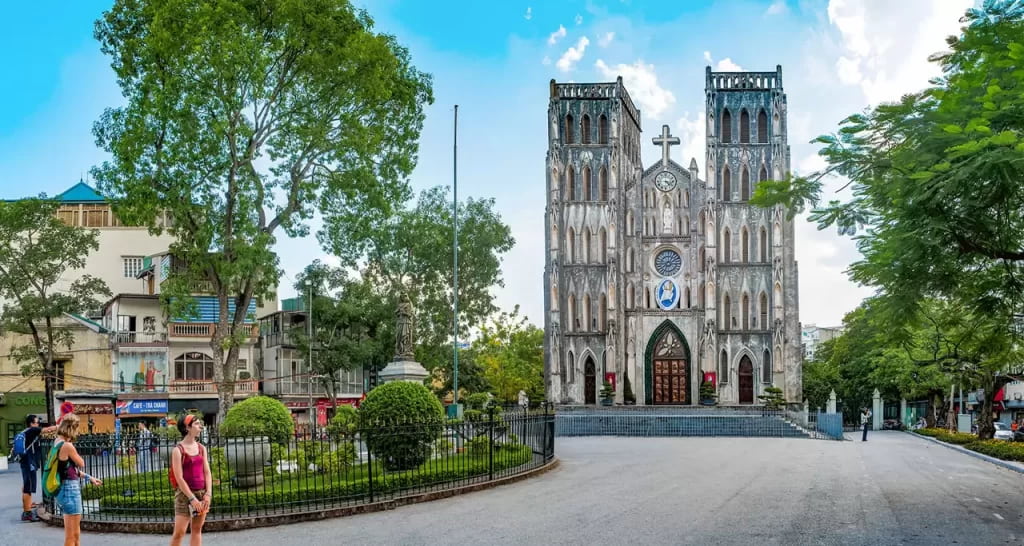
Highlights of Hanoi Old Quarter
Iconic Attractions
Hoan Kiem Lake and Ngoc Son Temple
Hoan Kiem Lake is a peaceful spot in the busy Old Quarter. Its calm waters and walking paths make it perfect for morning walks or afternoon breaks. The lake holds the famous Ngoc Son Temple, built on a small island and reached by a bright red bridge. According to local stories, a giant turtle in this lake once took a magic sword from a king, giving the lake its name which means "Lake of the Returned Sword."

Dong Xuan Market – A Shopper’s Paradise
As Hanoi's largest indoor market, Dong Xuan is a must-visit spot. Built in 1889, it has four floors packed with everything from clothes and shoes to food and housewares. The ground floor is great for fresh food, while upper floors offer wholesale goods. Local tip: Visit early in the morning to see the market at its liveliest and avoid the crowds.
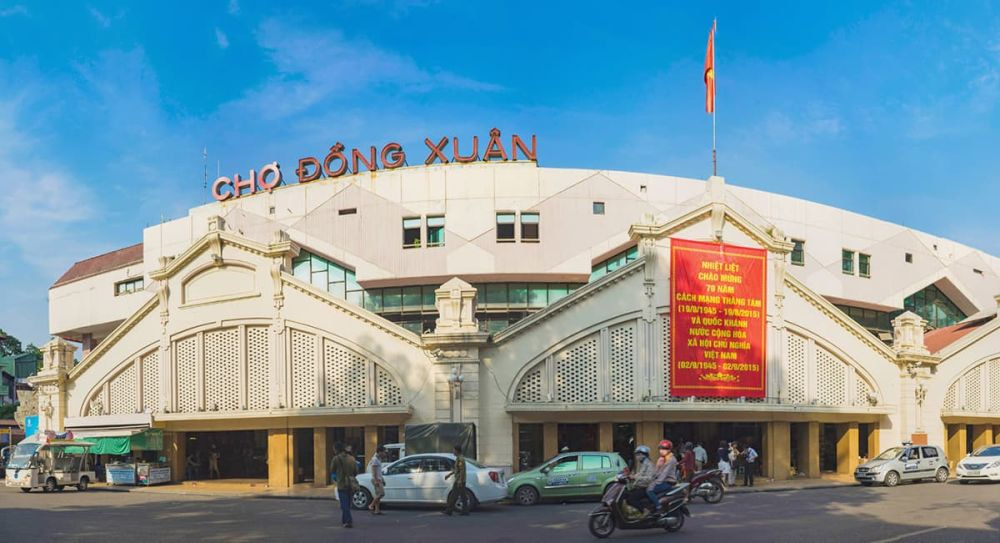
St. Joseph’s Cathedral – Gothic Architecture in the Heart of Hanoi
Built-in 1886, this church looks like it belongs in Paris. Its tall towers and detailed design make it stand out among Hanoi's buildings. The cathedral still holds regular services and is especially busy during Christmas. It's best to visit in the early morning or late afternoon when the lighting makes great photos. The area around the cathedral is also known for its cafes and food spots.

Hidden Gems
Train Street – A Thrilling Railway Experience
Train Street is one of Hanoi's most unique attractions. Tucked away in the Old Quarter, this narrow lane is lined with homes and cafes just inches from an active railway track. Several times a day, a train passes through, creating an exhilarating experience as residents and visitors clear the tracks. Between train schedules, the street becomes a lively social hub where you can enjoy a coffee while watching the world go by. Be sure to check the train times in advance for a safe and memorable visit.
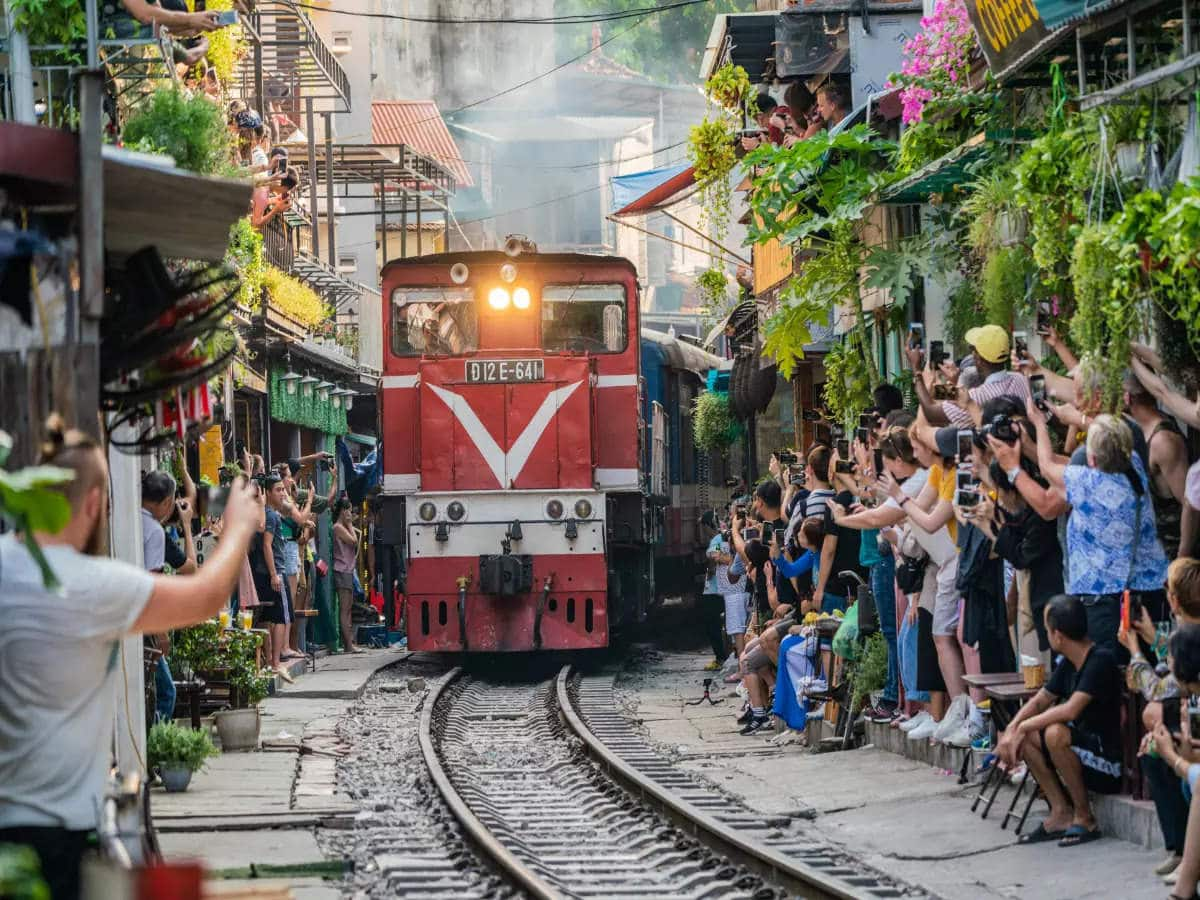
Quaint Artisan Shops and Historic Houses
Wandering through the Old Quarter, you'll discover hidden artisan shops that showcase traditional Vietnamese craftsmanship. From hand-embroidered textiles to lacquerware and bamboo products, these shops offer a glimpse into the city's artistic heritage. Many are housed in historic tube houses, narrow buildings that combine French colonial and Vietnamese architectural styles.
Visiting these shops not only supports local artisans but also offers a chance to take home a unique piece of Hanoi's culture. Don't miss 87 Ma May Street, one of the best-preserved traditional houses in the area, offering a window into how life once was in the Old Quarter.
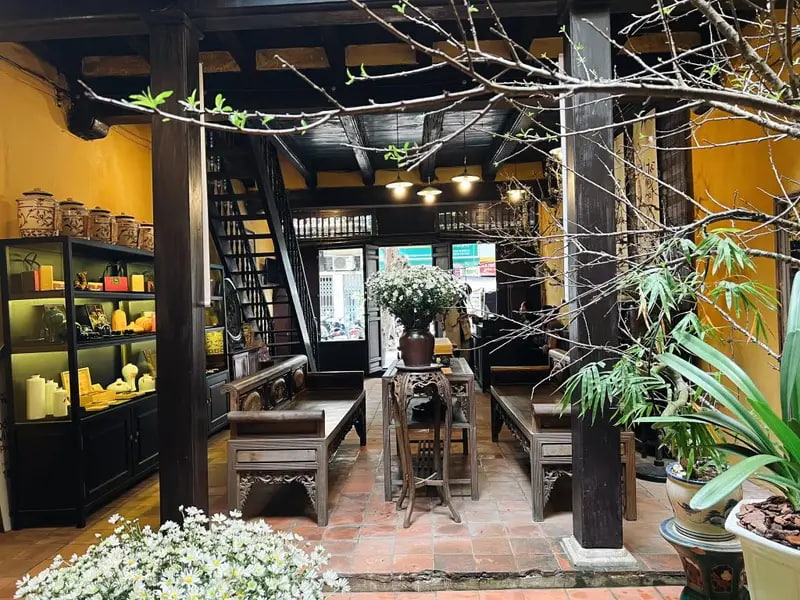
Top Things to Do in Hanoi Old Quarter
Explore the 36 Streets
Discover the Origins of Each Street’s Name
Each street name in the Old Quarter tells a story about what was traditionally sold there. "Hang" means merchandise, so Hang Bac was where silver was sold, Hang Dao specialized in silk, and Hang Ma offered paper items and toys. Walking these streets today is like stepping into a living history book, where many shops still sell their traditional goods. Look for the blue street signs that show both the modern and ancient names!

Shop for Souvenirs, Silk, and Handicrafts
The Old Quarter remains the best place to shop in Hanoi. Head to Hang Gai Street for beautiful silk items, from scarves to traditional ao dai dresses. Hang Hom offers bamboo goods, while Hang Trong is known for local art and crafts. Don't miss the silver jewelry on Hang Bac or the wooden items on Hang Go. Shopping tip: prices are often flexible, so feel free to bargain politely with a smile.
Experience the Food Scene
Try Iconic Dishes: Pho, Bun Cha, Egg Coffee
The Hanoi Old Quarter is a paradise for food lovers, offering some of Vietnam's most famous dishes. Start with Pho, Vietnam's iconic noodle soup, made with savory broth, tender beef or chicken, and fresh herbs. Another must-try is Bun Cha, a dish of grilled pork served with rice noodles, fresh greens, and a tangy dipping sauce.
For a unique drink, don’t miss Egg Coffee, a creamy and sweet concoction made with whipped egg yolks, sugar, condensed milk, and robust Vietnamese coffee. These dishes aren’t just meals; they’re cultural experiences that embody the flavors of Hanoi.
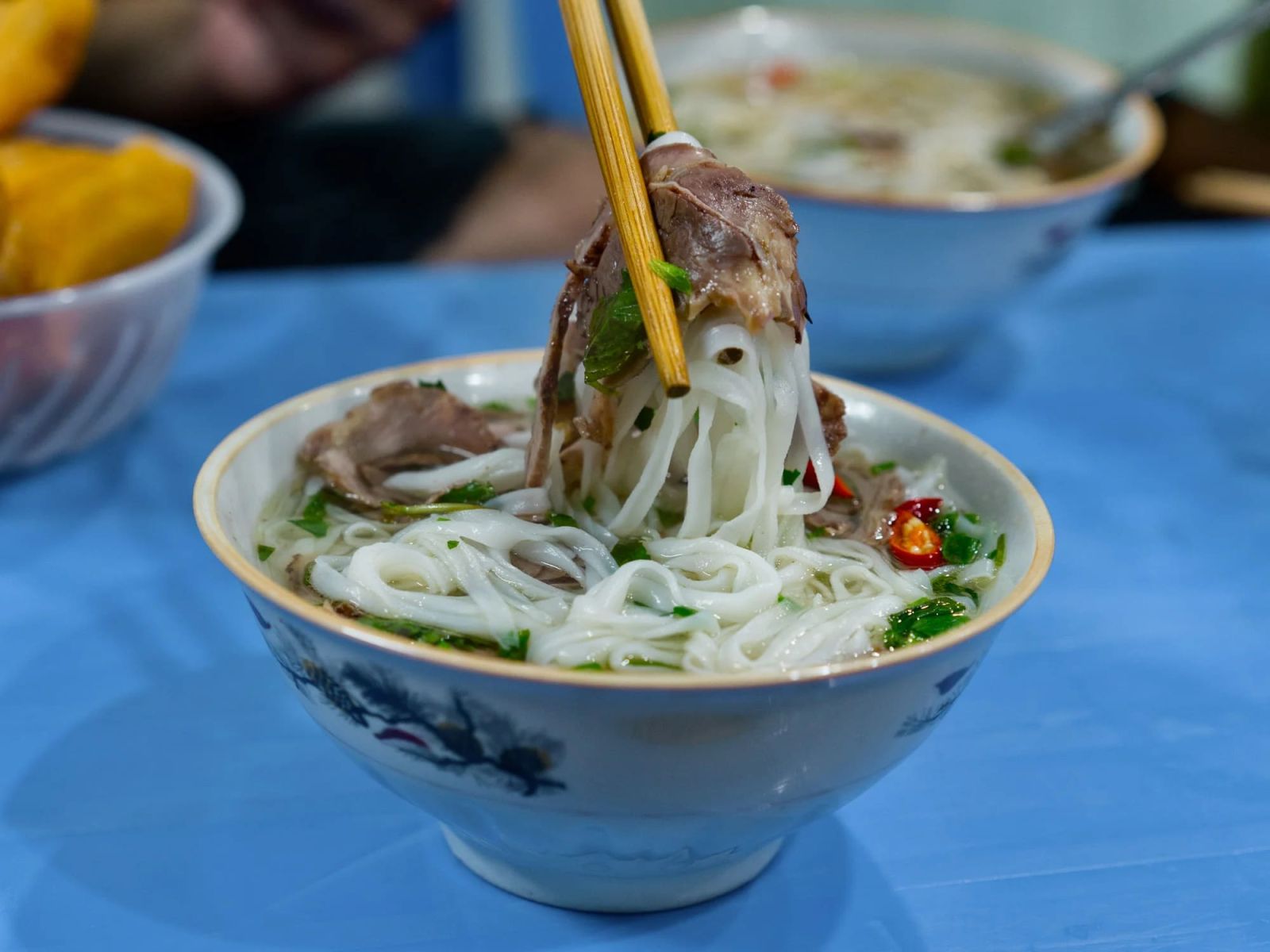
Visit Famous Food Stalls and Cafes
The Old Quarter is home to countless food stalls and cafes, each with its own story to tell. Stop by Pho Bat Dan for an authentic bowl of pho, where locals line up daily for its rich flavors. For Bun Cha, visit Bun Cha Huong Lien, made famous after Anthony Bourdain and President Obama dined there. For Egg Coffee, head to the legendary Cafe Giang, the birthplace of this unique drink. As you explore, you’ll also find hidden gems in the narrow alleys, where vendors sell banh mi, spring rolls, and other local delicacies. Be sure to bring your appetite and enjoy the vibrant street food culture of Hanoi!
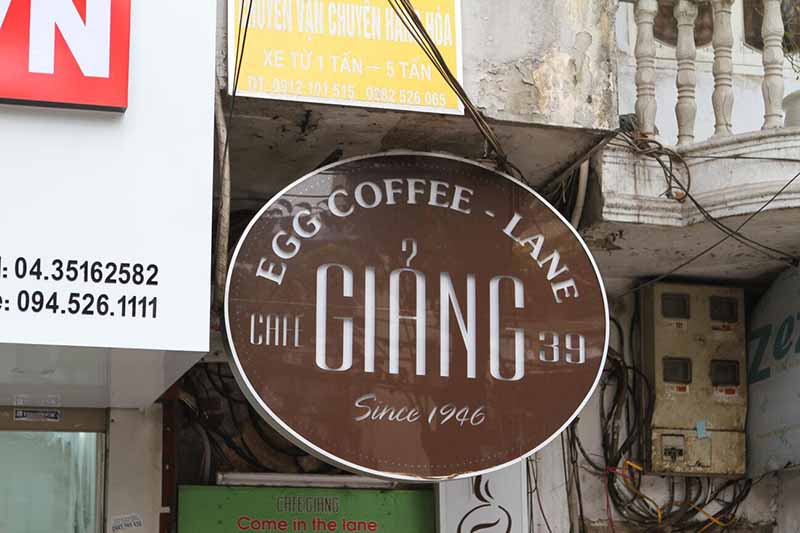
Enjoy the Nightlife
Beer Corner – A Hub for Local and Tourist Mingling
Located at Ta Hien Street, Beer Corner is the perfect spot to enjoy bia hoi (Vietnamese draft beer) and mingle with locals and tourists. The vibrant atmosphere, with small stools spilling onto the streets, makes it a must-visit for a lively night out.
Live Music Venues and Night Markets
Catch live performances at places like, Live Jazz, Binh Minh Jazz Club, or explore the Hanoi Weekend Night Market on Hang Dao Street. The market offers souvenirs, street food, and a buzzing late-night vibe.

How to Explore Hanoi Old Quarter
Best Modes of Transportation
Walking for an Up-Close Experience
Walking is the best way to explore the Old Quarter’s narrow streets and hidden alleys. It allows you to soak in the atmosphere, discover street food spots, and admire the charming mix of French colonial and traditional Vietnamese architecture.
Cyclo Tours for a Traditional Ride
For a slower, more traditional experience, hop on a cyclo—a three-wheeled bicycle taxi. These rides are perfect for navigating the bustling streets while learning about the area’s history from your driver. Cyclo tours are relaxing and ideal for first-time visitors.
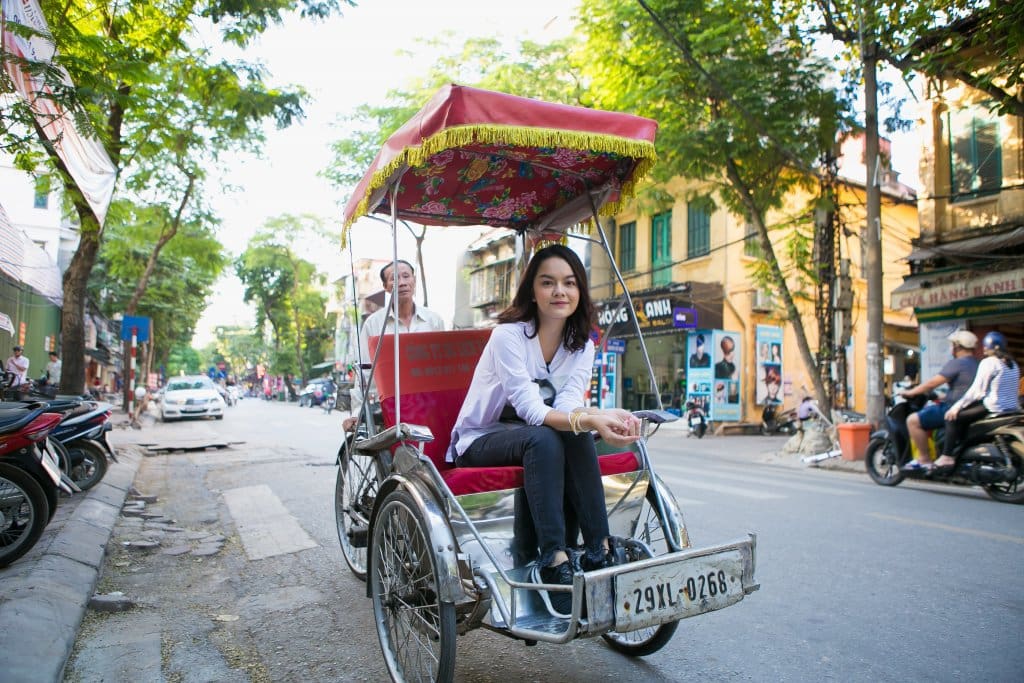
Renting a Motorbike for Adventurous Travelers
If you’re confident in navigating Hanoi’s chaotic traffic, renting a motorbike is a thrilling way to explore the Old Quarter and beyond. It gives you the flexibility to visit landmarks at your own pace, but caution is essential due to the busy roads.

Suggested Routes for a Walking Tour
Morning, Afternoon, and Evening Itineraries
- Morning: Start at Hoan Kiem Lake for a peaceful stroll and visit Ngoc Son Temple. Head to Dong Xuan Market to explore fresh produce and local goods.
- Afternoon: Wander through the 36 streets, stopping at Hang Gai for silk shopping and 87 Ma May Street to see traditional architecture. Enjoy lunch at a local pho shop.
- Evening: Experience the vibrant atmosphere at Beer Corner and explore the Hanoi Weekend Night Market if it’s open. End your day with a cup of egg coffee at Cafe Giang.
Best Time to Visit Hanoi Old Quarter
Seasonal Guide to Enjoying Hanoi’s Weather
Spring and Autumn – Ideal Weather for Exploration
The best time to explore the Hanoi Old Quarter is during spring (March to April) and autumn (September to November). The weather is mild and pleasant, with temperatures ranging from 18°C to 25°C (64°F to 77°F). These seasons are perfect for walking tours, enjoying outdoor cafes, and exploring landmarks without the discomfort of summer heat or winter chill. The streets are alive with flowers in spring and golden leaves in autumn, creating a picturesque backdrop for your trips to vietnam.
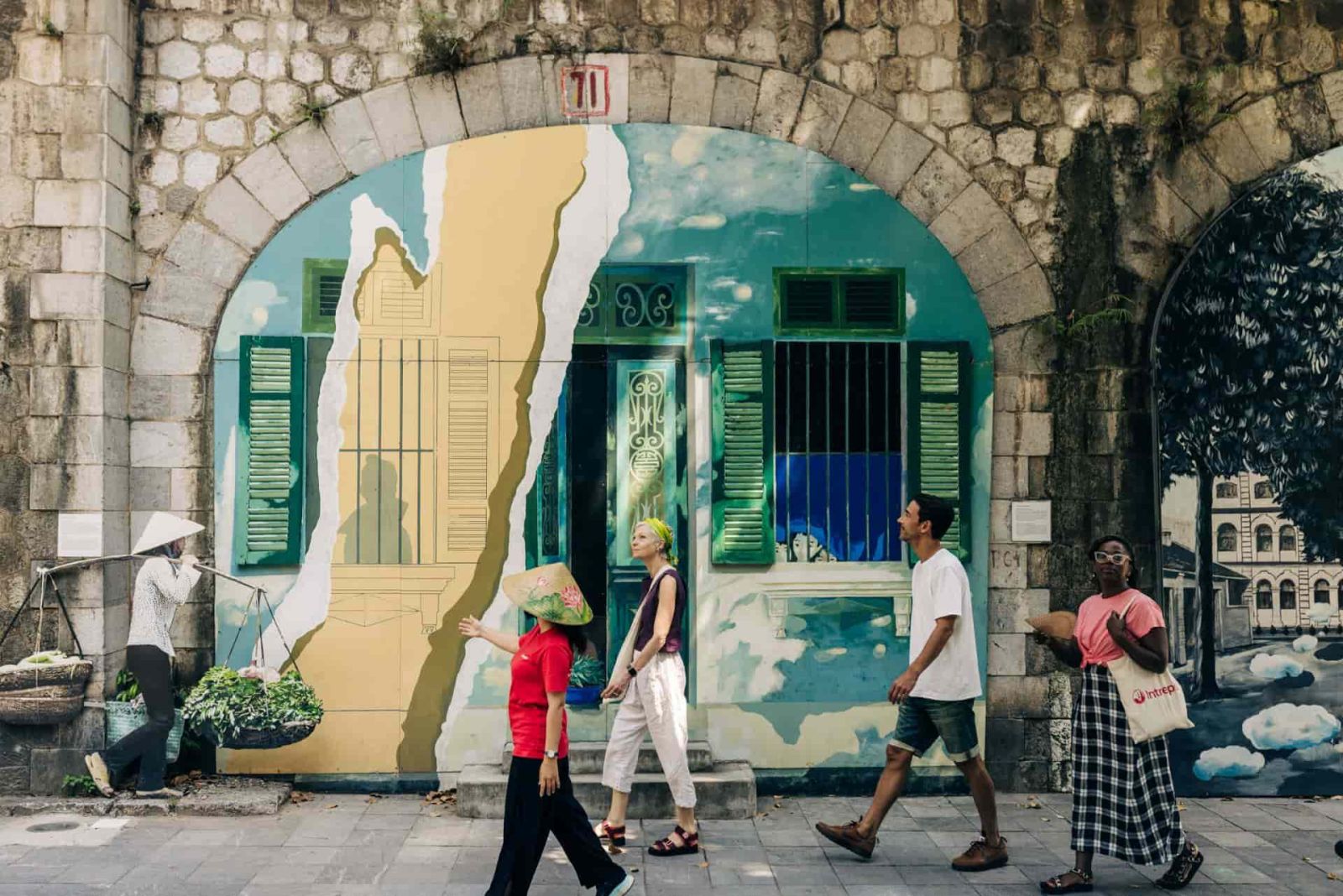
Tet (Lunar New Year) – A Unique Cultural Experience
Visiting the Old Quarter during Tet (Lunar New Year), which usually falls in late January or early February, offers a once-in-a-lifetime cultural experience. The streets are decorated with red and gold banners, and the air is filled with festive energy. While many shops may close for family celebrations, markets and street vendors offer traditional Tet items like peach blossoms, kumquat trees, and lucky red envelopes. It’s a magical time to witness Vietnamese customs and enjoy the festive charm of the Old Quarter.
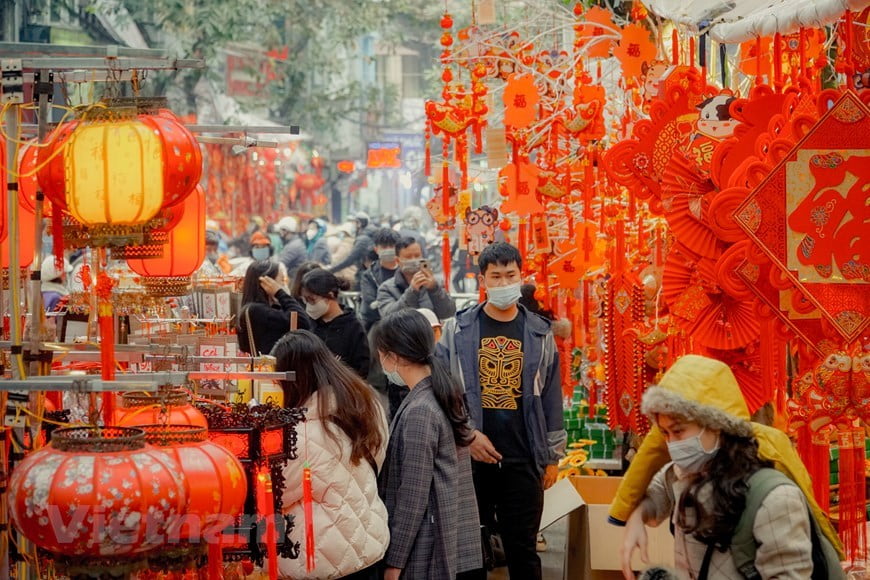
Shopping in Hanoi Old Quarter
What to Buy
Authentic Vietnamese Silk and Embroidery
Hanoi Old Quarter is renowned for its high-quality silk products and intricate embroidery. Visit Hang Gai Street (Silk Street) for beautiful silk scarves, ao dai (traditional dresses), and home textiles. Many shops also offer hand-embroidered items like tablecloths, pillowcases, and wall hangings, showcasing the skillful craftsmanship of Vietnamese artisans. These make perfect gifts or keepsakes of your trip.
Coffee, Tea, and Local Snacks
Vietnamese coffee is world-famous, and the Old Quarter is the perfect place to stock up on robusta coffee beans or the unique weasel coffee. You can also find fragrant lotus tea or jasmine tea, both popular with locals. For snacks, try dried fruits, candied ginger, or bánh đậu xanh (mung bean cakes). Shops along Hang Duong Street specialize in these traditional treats, ideal for sharing with family and friends back home.
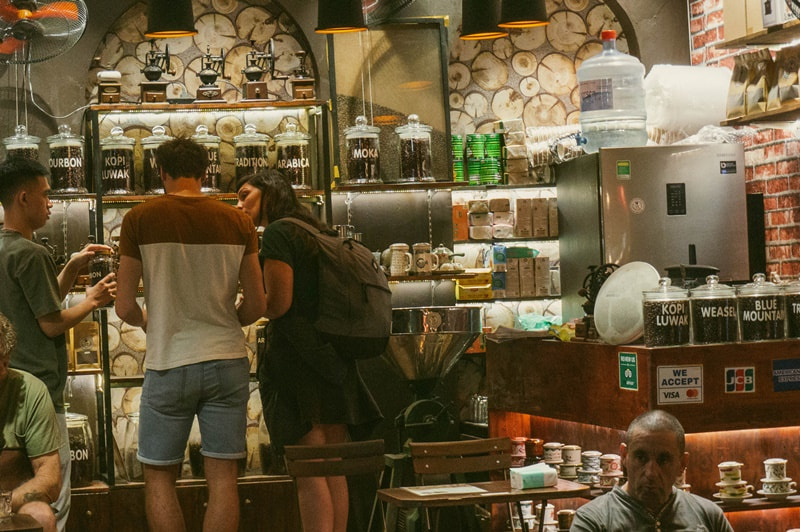
Handcrafted Jewelry and Art
Explore Hang Bac Street (Silver Street) for handcrafted jewelry, including silver necklaces, bracelets, and rings. Many shops also feature local artisans’ creations, blending traditional Vietnamese designs with modern touches. For paintings and lacquerware, Hang Trong Street and nearby galleries offer colorful, handcrafted art pieces that make for unique souvenirs or home decor.
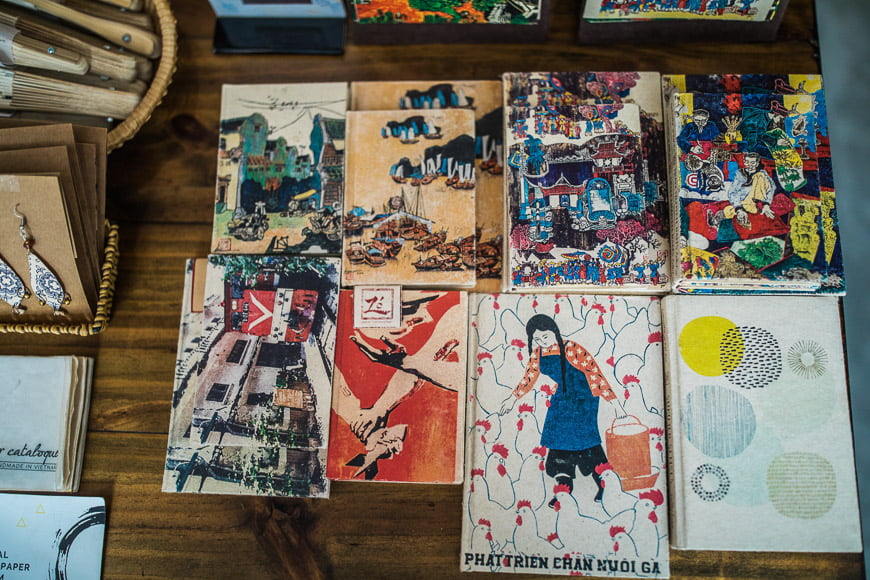
Tips for Bargaining in Local Markets
- Be Polite and Smile: Bargaining in Vietnam is common, but always approach it with a friendly attitude. A smile goes a long way!
- Start Low: Offer a price 30-50% below the stated price and negotiate from there.
- Know When to Stop: If the seller doesn't budge or seems offended, don’t push further. Respect their decision and move on.
- Buy in Bulk: Purchasing multiple items from the same vendor often gets you a better deal.
- Cash is King: Always carry small denominations of cash, as many stalls don’t accept cards.
Hanoi Old Quarter’s Food Culture
Street Food Must-Trys
Bun Cha – Obama’s Favorite Dish
Bun Cha is a quintessential Hanoi dish made famous internationally when President Obama dined on it with Anthony Bourdain at Bun Cha Huong Lien. This dish features grilled pork patties and slices served with a bowl of sweet-and-tangy fish sauce, fresh herbs, and rice noodles. The harmony of smoky pork, flavorful sauce, and refreshing greens makes it a must-try for visitors.
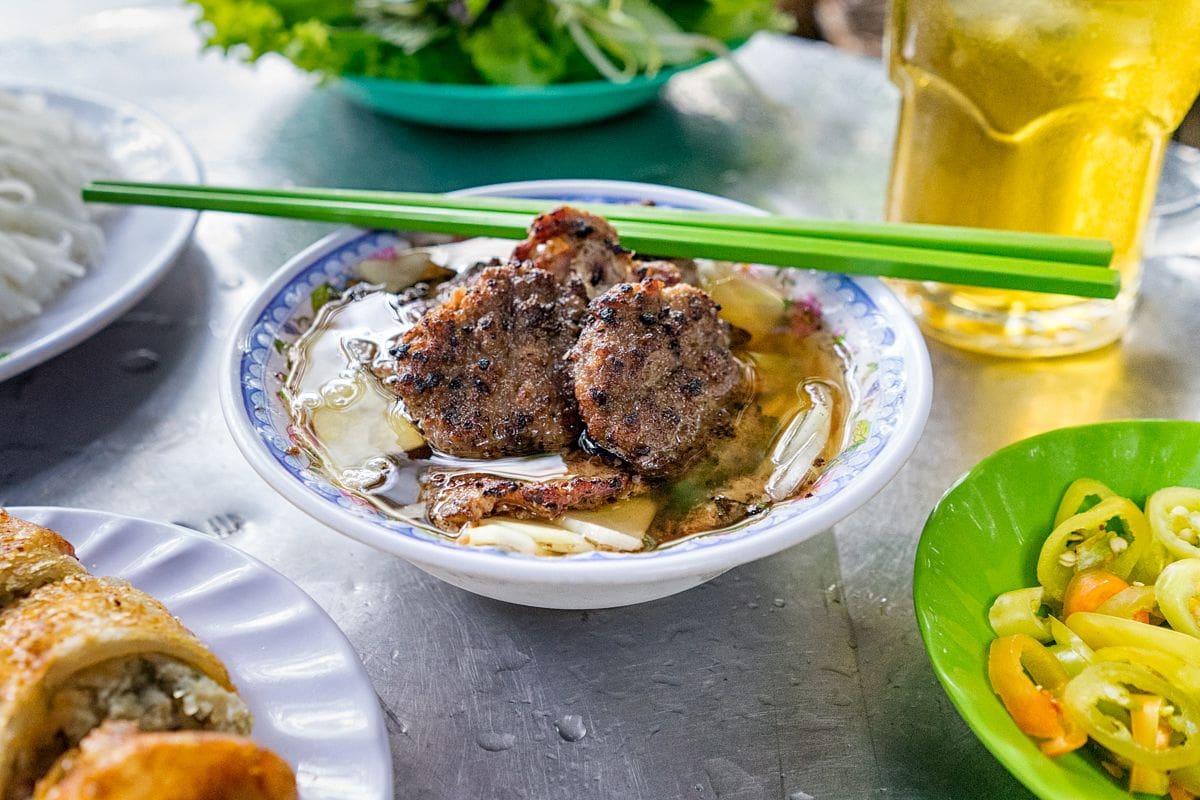
Banh Mi – Vietnamese Baguette Sandwich
The Banh Mi is a perfect blend of French and Vietnamese influences. This crispy baguette is stuffed with a variety of fillings, including pate, grilled pork, pickled vegetables, fresh cilantro, and a drizzle of chili sauce. Whether you grab one from a popular stall like Banh Mi 25 or from a street vendor, it’s a quick, satisfying bite that’s perfect for exploring the bustling streets.
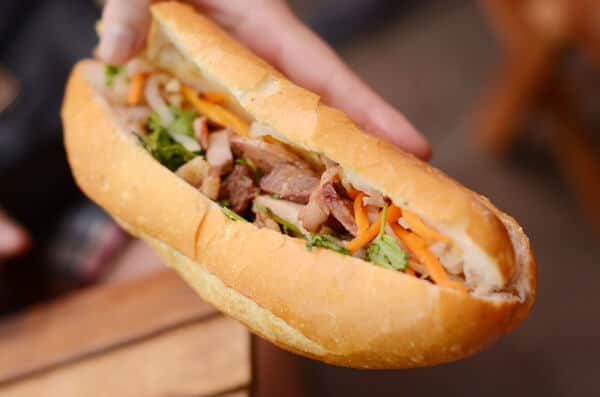
Egg Coffee – A Sweet and Creamy Delight
Invented in Hanoi, Egg Coffee is a unique drink you won’t find anywhere else. Made with whisked egg yolks, sugar, condensed milk, and robust Vietnamese coffee, it has a creamy, custard-like froth on top and a rich coffee base. Visit Cafe Giang, the birthplace of this iconic drink, to enjoy its authentic taste in a cozy, historic setting.

Famous Restaurants and Cafes to Visit
- Bun Cha Huong Lien: Known as “Bun Cha Obama,” this spot is famous for its delicious bun cha and its association with the former U.S. president.
- Pho Bat Dan: A legendary spot for authentic pho, where locals line up daily for its rich, flavorful broth and fresh ingredients.
- Cafe Giang: Home of the original egg coffee, this cafe offers a glimpse into Hanoi’s coffee heritage.
- Banh Mi 25: A popular spot for mouthwatering banh mi, with a variety of filling options to suit all tastes.
- Tam Vi: A must-visit for a wide selection of traditional Vietnamese dishes in a charming setting.

The Role of Hanoi Old Quarter in Vietnam’s History
A Look at Colonial and Ancient Vietnamese Influences
The Old Quarter's architecture blends Vietnamese and French colonial styles. The narrow "tube houses" combine traditional Vietnamese design with French features. The "36 streets" reflect the area's ancient history as a center of specialized crafts.
Preservation of Hanoi’s Cultural Identity
The Old Quarter preserves Hanoi's cultural identity. Markets, shops, and street food vendors embody a way of life passed down through generations. Historical landmarks and communal spaces connect the present to the past. The Old Quarter is the living embodiment of Hanoi's cultural soul.
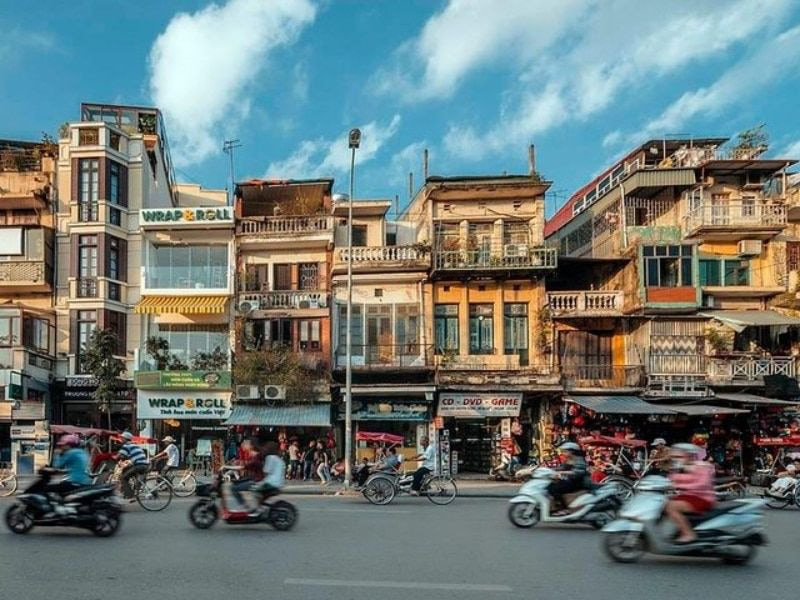
Travel Tips for Visiting Hanoi Old Quarter
Best Times of Day to Avoid Crowds
Visit early morning (6-8 AM) to see local life at its most authentic, with residents doing morning exercise and enjoying breakfast. Mid-afternoon (2-4 PM) is another quiet time as locals take their lunch break. Avoid peak hours of 11 AM-1 PM and 5-7 PM when streets are most crowded with locals and tourists.
Staying Safe While Exploring the Bustling Streets
Keep belongings close and use cross-body bags in busy areas. Watch for motorbikes when crossing streets - walk slowly and steadily so drivers can predict your movement. Stay hydrated and carry small bills for purchases. At night, stick to well-lit main streets. Take official taxis or use ride-hailing apps for longer distances.
Choosing a Local Tour Guide for Deeper Insights
A knowledgeable guide can reveal hidden stories and spots you might miss on your own. Local agencies like Threeland Travel offer experienced guides who share insights about the Quarter's history and culture. Look for guides who can explain the meaning behind street names and traditions, and who know the best times to visit different attractions.
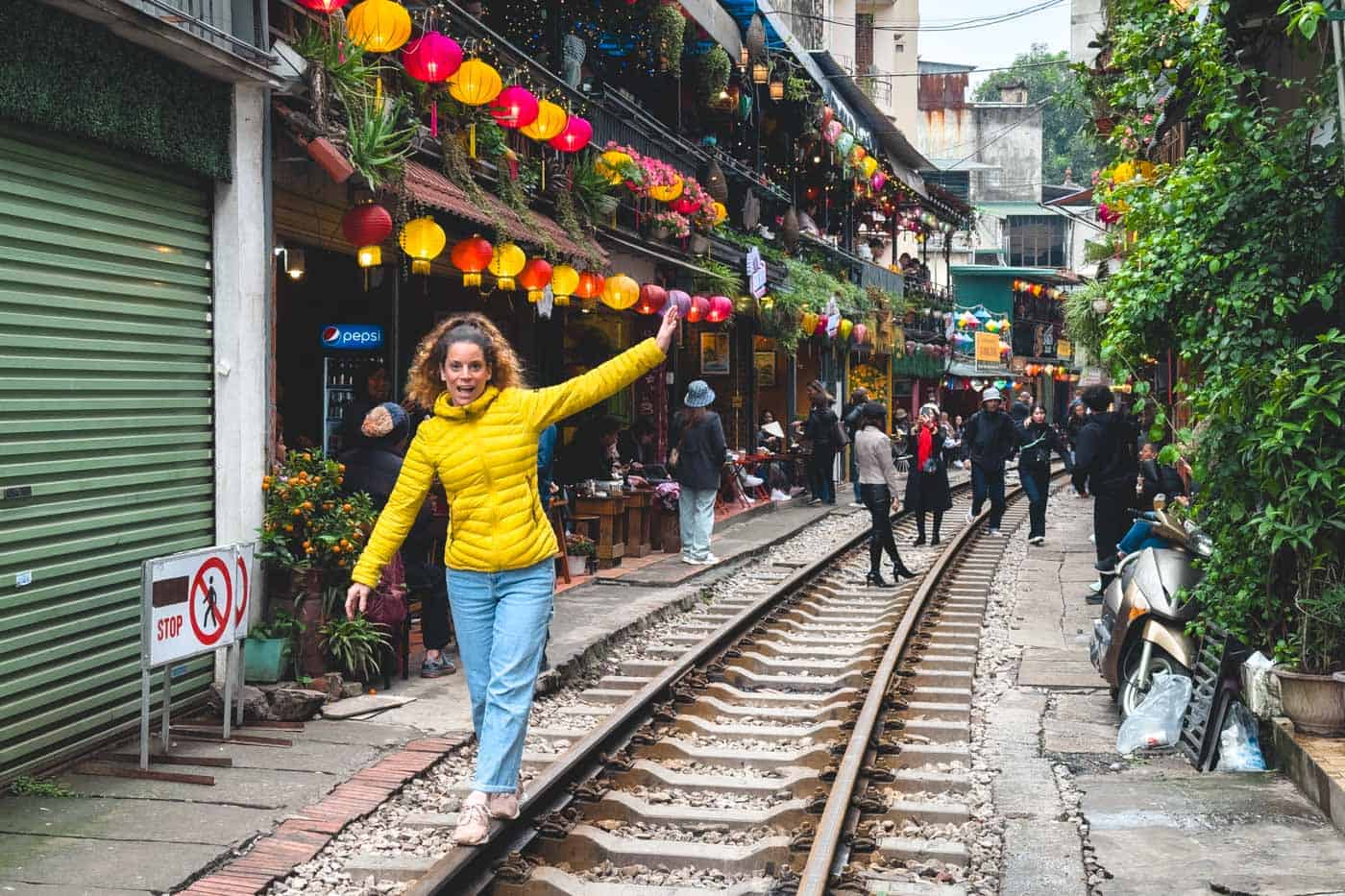
FAQs About Hanoi Old Quarter and City Tours
How many days are needed to explore Hanoi Old Quarter?
1-2 days are enough. In one day, visit landmarks like Hoan Kiem Lake, Ngoc Son Temple, and explore street food. With two days, dive deeper into the 36 streets and enjoy hidden gems like Train Street and night markets.
Is Hanoi Old Quarter suitable for families with kids?
Yes, it's family-friendly with activities like cyclo rides, exploring markets, and visiting Hoan Kiem Lake. Just stay cautious in busy areas and when crossing streets.
What are the costs for guided tours in Hanoi Old Quarter?
Tours range from $20 to $50 USD per person. Walking tours are the cheapest, while food and cyclo tours cost more. Agencies like Threeland Travel offer customized options with knowledgeable guides.
Conclusion – Why Hanoi Old Quarter Is a Must-Visit on Your Hanoi City Tour
A Perfect Mix of Tradition and Modernity
The Old Quarter effortlessly blends the charm of ancient traditions with the dynamism of modern life. Here, centuries-old temples stand alongside trendy cafes, and traditional crafts coexist with contemporary art. This harmonious fusion creates an atmosphere unlike any other, offering a glimpse into the evolving heart of Vietnam.
An Unforgettable Experience of Vietnam’s Culture
From the bustling energy of its markets to the tranquil beauty of Hoan Kiem Lake, the Old Quarter encapsulates the essence of Vietnamese culture. It's a place where you can connect with local people, savor authentic cuisine, and immerse yourself in the rich tapestry of traditions that define this captivating nation.
For a truly enriching experience, consider partnering with a local tour operator like Threeland Travel. Our expertise can unlock hidden gems and provide deeper insights into the Old Quarter’s history and culture, making your visit even more memorable. Ready to explore the heart of Hanoi? Let Threeland Travel guide your journey!










